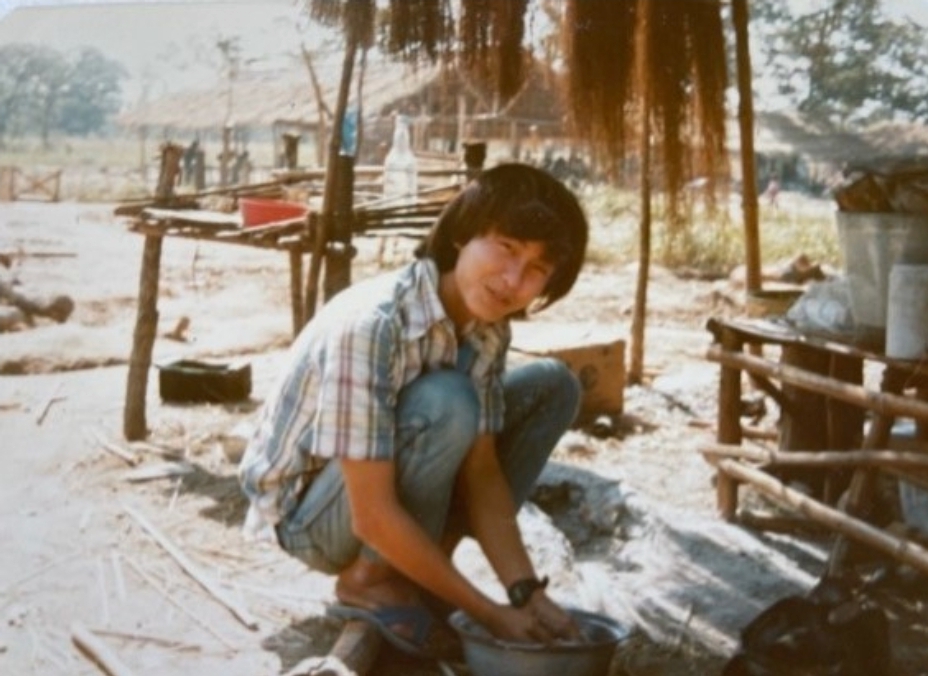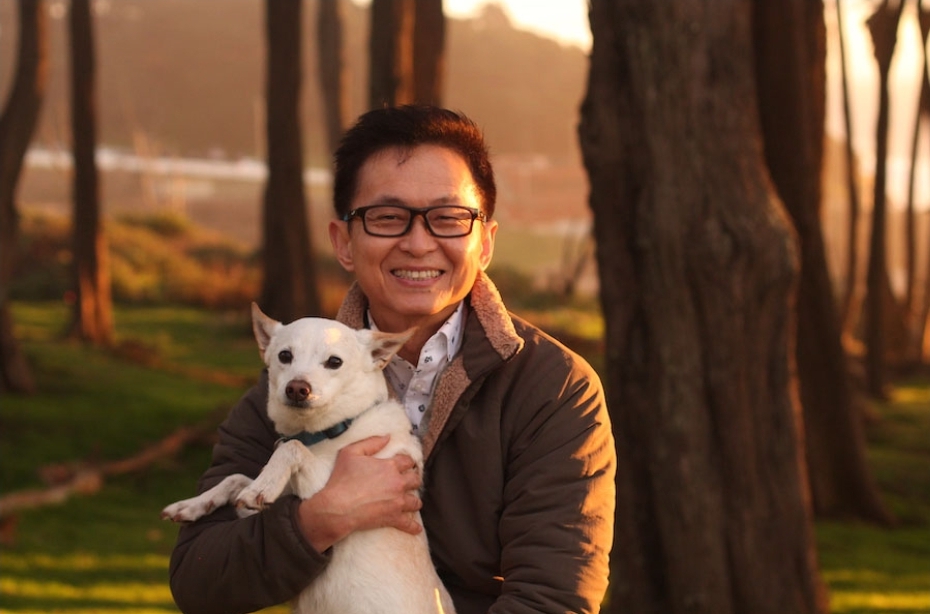Photo by Becky Lee
When the Communists took power in Cambodia in 1975, they quickly evacuated all cities and towns, forcing nearly two million people to labor in the countryside. In less than four years, nearly two million people or one in every seven Cambodians died due to famine, starvation, and undiagnosed or neglected diseases. Citizens could be jailed for minor transgressions, and the government built massive jails where individuals were confined, tortured, and killed. The most infamous of these jails was “S-21,” located in the capital city of Phnom Penh, where alleged “traitors” and their families were transported, photographed, tortured, and executed. Only around a dozen of the approximately 17,000 men, women, and children sent to S-21 survived. There were mass graves all across the land, which became known as “killing fields.”
During these challenging times in Cambodia, Sieu Sean Do was very young and the ongoing genocide devastated his childhood. Do was born and raised in a small village in Cambodia called Kampong Speu. His grandparents and a loving family raised him in a conducive and supportive environment. In 1971, Do moved to Phnom Penh at eight and attended school for four years. The Khmer Rouge, a Communist Party established in Cambodia, invaded the city driving everyone out. His family was forced and placed in a forest with many people to work strenuously at the labor camp. During that time, Sieu Sean Do witnessed horrendous things, including many people dying of starvation and having no shelter.

Fortunately, in 1976, with help from his father’s childhood friend, Do’s family fled the atrocities and found shelter in Vietnam. Upon his arrival in Vietnam, Sieu Sean Do and his family sighed in relief as Vietnam sheltered them. However, the family had little to no future in the country as refugees. After going through misery, Do was not in a position to give up on his future. He chose to move to the Thai-Cambodian border because Cambodian refugees in Thailand’s camps could relocate to Europe, the United States, or the British Commonwealth. He risked his life once more and returned to a refugee camp on the Cambodia-Thailand border across northern Cambodia.
At the Thai refugee camp, Do met Dr. Louise E. Braile, who worked at The American Refugee Committee. Dr. Braile trained him as a camp physician’s assistant because of his fluency and talent for languages and linguistic skills. He could communicate in a variety of languages, including Vietnamese, Mandarin, Cantonese, Chew chow, French, and English. So he took advantage of the prospects for growth in America and decided to stay. Later, San Francisco General Hospital hired him because of his grasp of many languages. He also volunteered with the International Red Cross and Doctors Without Borders, aiding thousands of refugees in need. Do initially pondered publishing a book after living in the United States around 25 years ago, when he began to tell others about his experiences and they encouraged him to write them down. He discovered that every chapter and element of his story was something he should share with the world. Sieu Sean kept a notebook where he wrote down anything that came to his mind when walking around the park or doing routine tasks. Sieu Sean’s debut novel, “A Cloak of Good Fortune,” was released recently. His book sheds more insight into the circumstances that led him to where he is now.
“A Cloak of Good Fortune,” Sieu Sean Do’s debut novel, depicts the era of his life that culminates with his arrival in a Thai refugee camp. He is also working on a second book on his experiences in the camp, which will include details about the little-known, life-or-death secrets that impacted the desperate refugees he encountered there. These migrants attempted to adapt while imprisoned in a foreign country to recuperate from trauma and plan their next steps toward freedom. He describes his book as acceptable for teenagers and adults. However, he also gives a thought to everyone who may need healing.
His life defines what it is like to go through such harsh times and see the last light of hope to find a world full of joy and happiness. With all that he has been through, he still maintains a lively attitude and looks at the world through the lens of positivity.

